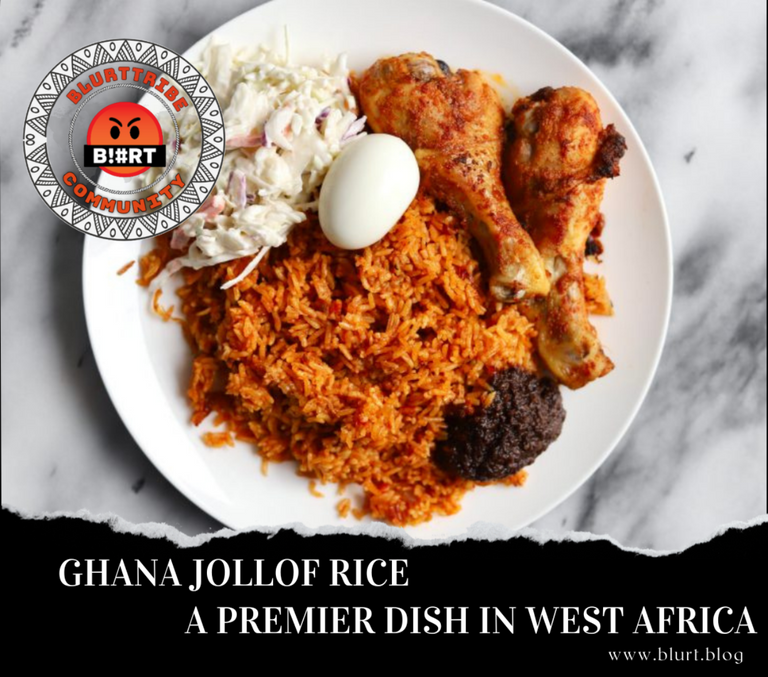
Jollof rice, a colorful and tasty dish with West African origins, has become extremely famous worldwide. Although Senegal and Nigeria are frequently cited as having the greatest Jollof, Ghanaian Jollof is unquestionably a flavorful treat distinguished by its distinct aroma and depth of taste.
History Of Jollof Rice
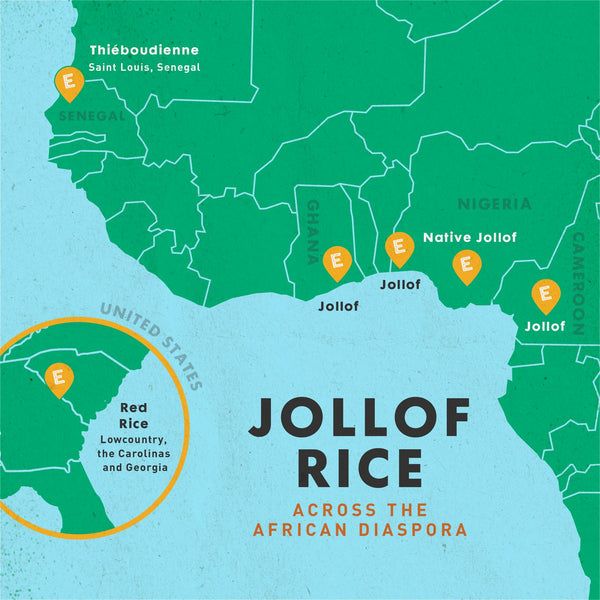
According to African food historian Fran Osseo-Asare, the origins of the dish can be traced to north Senegal, which was ruled by the Wolof or Jolof Empire in the 14th century, spanning parts of today's Senegal, The Gambia and Mauritania, where rice was grown, and which is known as thieboudienne or thiebou djeun, which contains rice, fish, shellfish and vegetables. If made with meat, it is called cheeb u yapp.
Food and agriculture historian James C. McCann speculated that it was unlikely that the dish could have naturally spread from Senegal to its current range since a similar cultural diffusion is not seen in "linguistic, historical or political patterns". Instead, he proposed that the dish spread with the Mali empire, especially the Djula tradespeople who dispersed widely to the regional commercial and urban centers, taking with them economic arts of "blacksmithing, small-scale marketing, and rice agronomy" as well as the religion of Islam.
Marc Dufumier, an emeritus professor of agronomy, proposes a more recent origin for the dish, which may only have appeared as a consequence of the colonial promotion of intensive peanut cropping in central Senegal for the French oil industry, and where commensurate reduction in the planted area of traditional millet and sorghum staples was compensated for by imports of broken rice from Southeast Asia. This gave local cooks no choice but to use the then-unfamiliar product.
The use of New World tomatoes, tomato paste, capsicum peppers (bell, chili, paprika), Indian curry powder, Mediterranean thyme, and Asian rice varieties, may limit the origin of the current dish to no earlier than the 19th century, there being no evidence of the ingredients being locally cultivated or imported before this period. In Senegal, oral histories credit Penda Mbaye, a cook at the residence of one of the colonial rulers in Saint-Louis, Senegal, as having created the dish when she ran out of barley and substituted rice.
HISTORY SOURCE
Ever since then each nation has since added its own unique flavor and varieties to the dish. Jollof rice from Ghana is distinguished by its shades of red hue, smokey scent, and ideal component proportions, despite the fact that there are various varieties throughout West Africa. In Ghana, people frequently eat it during joyous celebrations like birthdays, marriages and other noteworthy occasions.
Ingredients

🔸Meat or Shrimps (Your choice)
🔸Tomatoes
🔸Curry powder
🔸Tomato past
🔸Onions
🔸Bell peppers
🔸Ginger,
🔸Salt
🔸Water
🔸 Vegetable oil
🔸Garlic, and a
🔸Mixture of Jollof rice spices are the main components of Ghanaian Jollof. For an additional taste boost, meat, chicken, or veggies are frequently included. Because it is cooked over an open flame or with wood charcoal, Ghanaian Jollof has a somewhat smokey flavor and a delightful scent.
Preparations
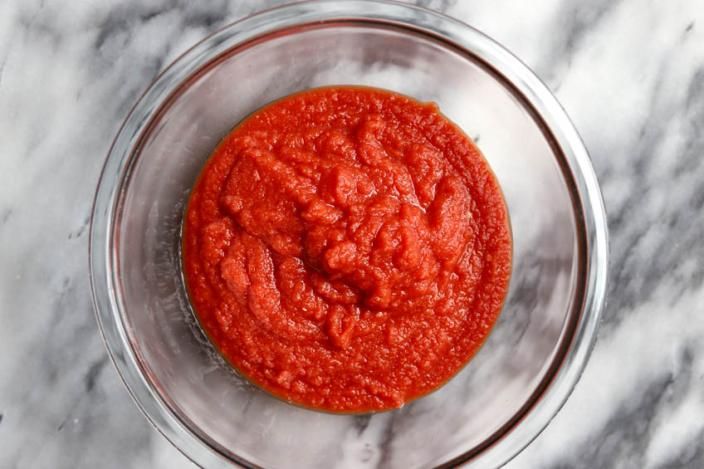
To make Ghanaian Jollof, first of all, you have to get ready the tomato sauce. By combining the above mentioned ingredients. To bring out the flavors even more, the combination is then heated delicately.
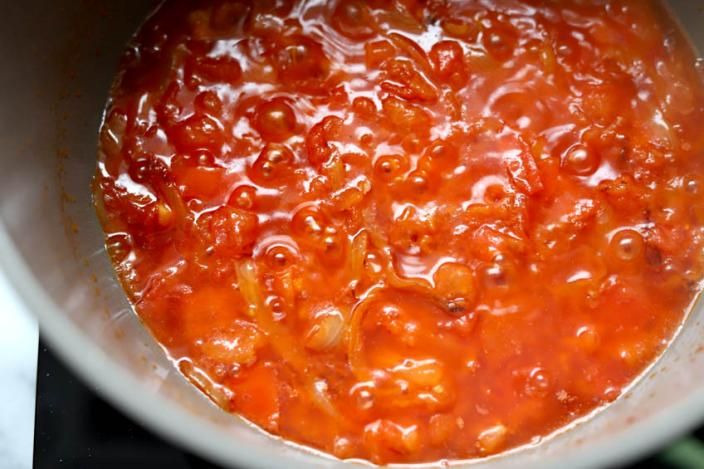
The seasoned meat or veggies will be added to the recipe and given time to blend their flavors through simmering together. Carrots, peas, and green beans are common vegetable selections, meanwhile common meat alternatives revolve around chicken, steak, or prawns.
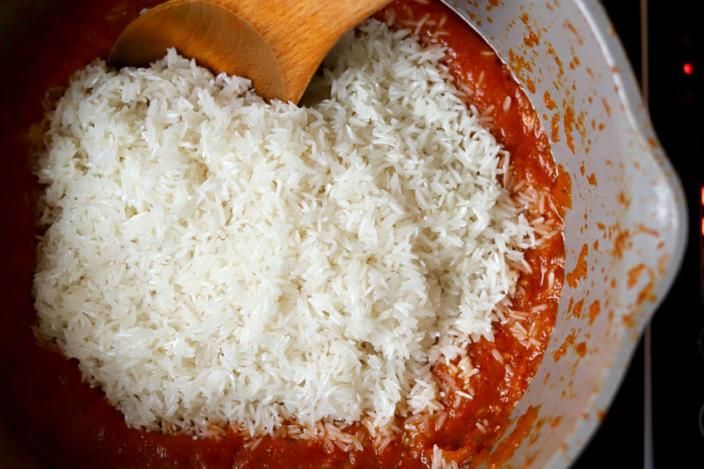
Rice goes in to the dish when the sauce has thickened and the meat or veggies are fully cooked. The sauce's brilliant coloring are absorbed by the rice, which also takes on all of its flavors. After that, the rice is simmered until it becomes perfectly cooked and fluffy.
Serving
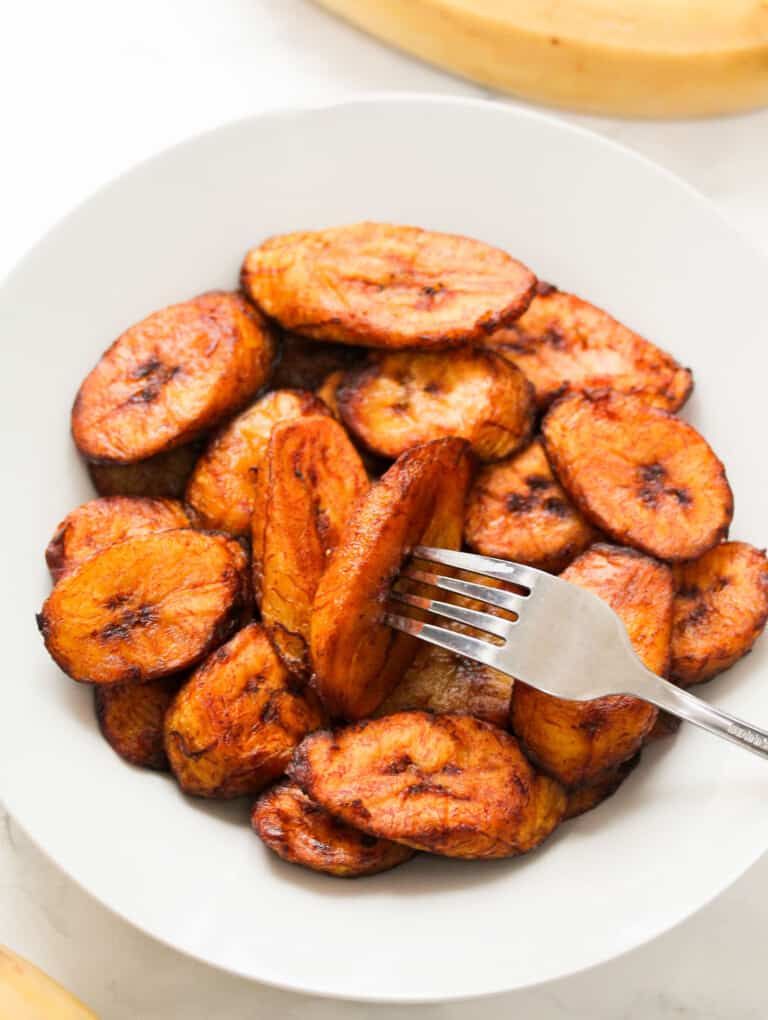
Pan-fried plantains or salad are some examples of side dishes that can be served with Ghanaian Jollof, which is usually served as the main meal. The Jollof rice's savory and deep flavors are complemented by this crisp contrast.

Cultural Significance
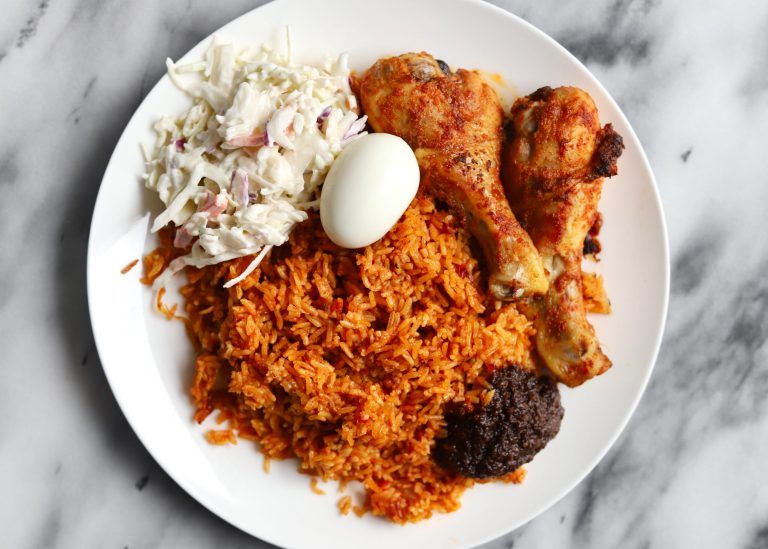
Ghanaians are proud of their Jollof, which they frequently share with friends and family. This dish serves as a unifying and celebratory symbol that draws people together. It is frequently asserted that the social aspect of consuming Jollof is equally significant to the mouthwatering flavor.
The Jollof delicious from Ghana is an incredible culinary creation that perfectly captures the spirit of Ghanaian food. This dish satisfies the senses with its delicious and flavorful aromas and vivid crimson color. Ghanaian Jollof is a delectable dish that is highly appreciated by both Ghanaians and anyone who have tasted it anywhere in the globe. It can be consumed at any traditional events or better still prepared at home.
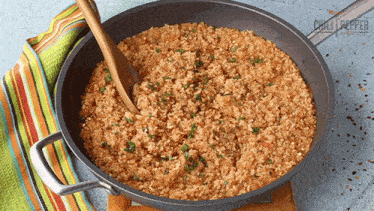

:::Discord:::Twitter :::

Upvoted. Thank You for sending some of your rewards to @null. Get more BLURT:
@ mariuszkarowski/how-to-get-automatic-upvote-from-my-accounts@ blurtbooster/blurt-booster-introduction-rules-and-guidelines-1699999662965@ nalexadre/blurt-nexus-creating-an-affiliate-account-1700008765859@ kryptodenno - win BLURT POWER delegationNote: This bot will not vote on AI-generated content